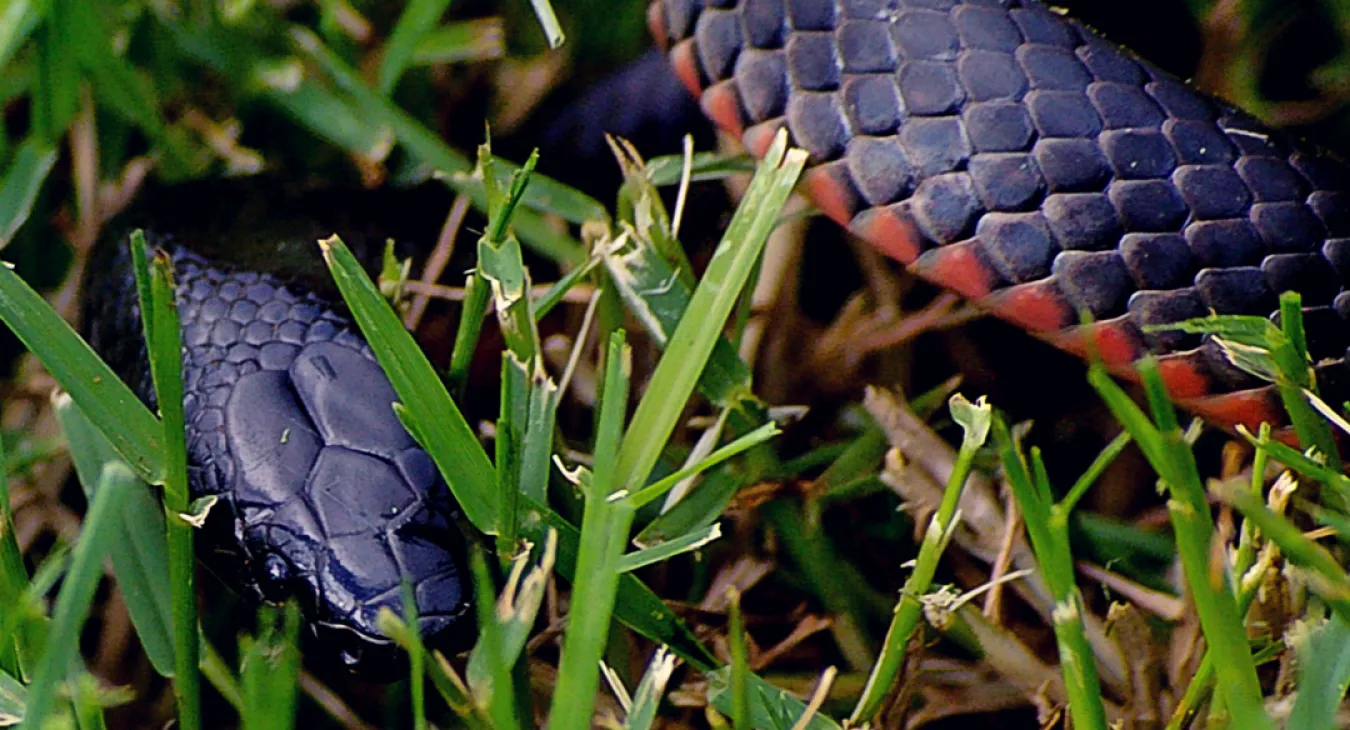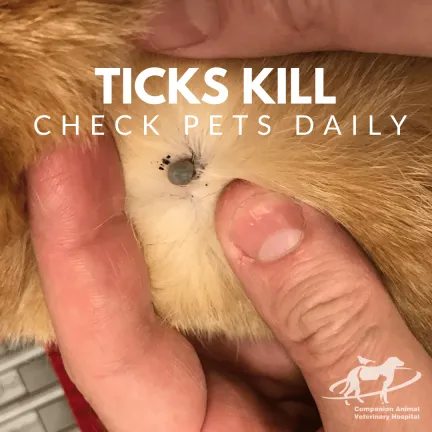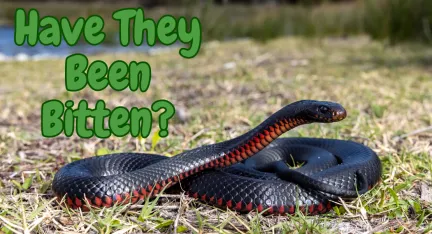Along with BBQ, sunscreen and tourists, hot weather also brings out the snakes around the Illawarra.
There are a number of species that inhabit our part of the coast and escarpment, from non-venomous Diamond Pythons to the mildly venomous Golden Crown Snakes as well as some highly toxic individuals. While there are small pockets of Copperheads and Brown Snakes in the area, the majority of snake bite pets that we see have been bitten by the generally shy, Red Bellied Black Snake.
There are actually quite a lot of these snakes around, living quietly and not causing any problems. However, if cornered or attacked they will defend themselves with their only defence - a venomous bite.
Symptoms
Red Bellied Black Snake venom is actually less toxic than many Australian snakes but still packs a punch. It contains compounds that attack different body systems, giving rise to many different symptoms.
Nervous
Affecting about 80% of victims and leading to various degrees of paralysis, from a bit wobbly to full collapse.
Muscle
Also seen in about 80% of bite victims, swelling and pain is noted at the bite site.
Urinary
Two thirds will develop bloody-looking urine at some stage after the bite due to breakdown products. These products can cause secondary kidney damage.
Eyes
About 60% will have dilated pupils.
Gastrointestinal
Vomiting and/or Diarrhoea will be seen in half of envenomations.
Blood
The venom causes the blood to clot in the vessels. While most pets survive this, it can then lead to bleeding issues (bruising, internal bleeding etc) as the factors are then all used up and none are available when needed. The blood cells themselves can also be damaged leading to anaemia.
What to do
Often there is a yelp at the initial bite and vomiting may occur soon after. See also How to tell if your dog has been bitten by a red-bellied black snake. Commonly the signs resolve for an hour or so and then progress after that. Timely, appropriate treatment, consisting of intravenous antivenom, intravenous fluids and appropriate monitoring will significantly increase the chances of survival after a Red Belly bite.
Read more articles
- Log in to post comments



